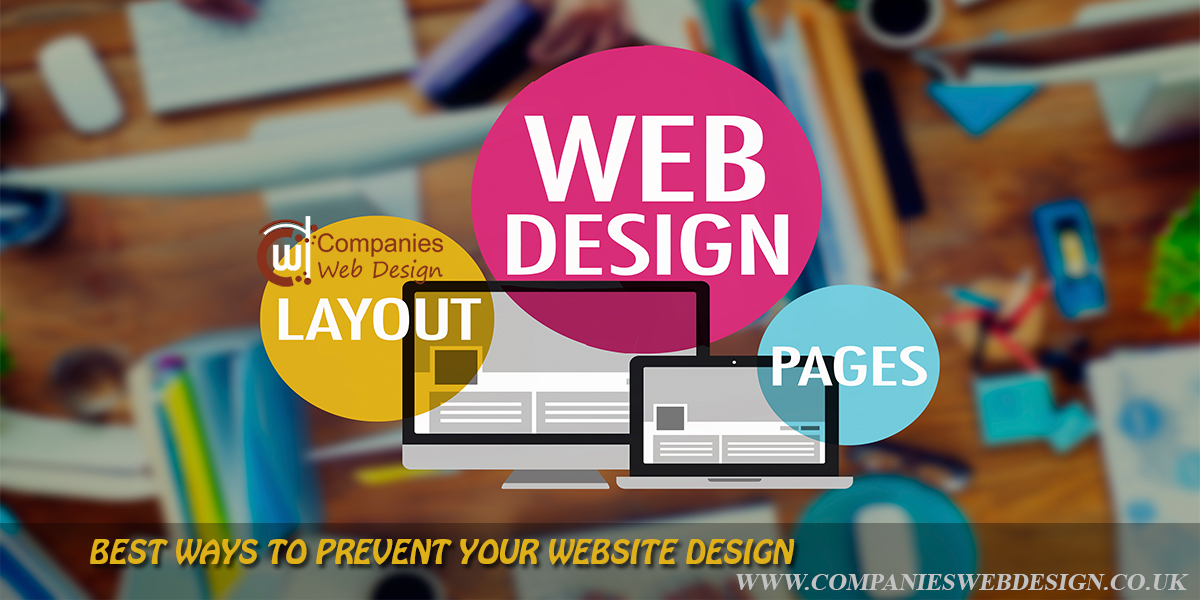From point to point, we may find ourselves hackneyed. Possibly there will be some months in the year, where you will get more and more customers at a time. You come to a decision to cut corners and employ Font Awesome instead of building your own logo set, or researching a few other sort of CSS-based icon toolkits.
And that’s how it begins. Before you make out it, you’re automating your design options without even so much as a second notion. Here are the best ways that we can smash out of that dreadful slump.
Step 1-Do not follow Font Awesome and Try some other Icon Styles
There is nothing wrong by going with Font Awesome . Not each particular element on the webpage needs to be persistently clamored for attention. Font Awesome is delicate, and sometimes all the visitors need is a slight indication.
However, occasionally we necessitate using icons on a bigger scale – often next to with blocks of text as a means of adding up further context while clearing up the things to the client – and this is where we cross the queue from being subtlety modest to, regrettably, generic.
Do not make any mistake as this is not a reason of being showy for flashy’s sake. Icons are the perfect way of establishing a sturdy, outstanding brand and they’re the vital factor in creating a style guide for any stern business.
If your first option of iconography is Font Awesome and you do not want to research any other icon styles, then your optical aesthetic has likely come generic.
Reputed design marketplaces such as Creative Market and UI8 are swarming with everlasting choices of bright icon sets that are well made and are very affordable.
Step 2- Don’t go for normal Flat Design
To say, Flat Design is having both pros and cons. Any proficient designer should be capable enough to evaluate both and should come to a decision which is most appropriate based on the technical point of view.
Usually, all the styles will come up with their own set of optional fonts and colours, with Material Design being a lot more precise than the basic principles of flat design.
It is also significant to memorize that you don’t need to adopt the complete set of principles laid out by these styles of design, and as a substitute I would recommend using them as a reproduction ground for your own progeny of aesthetic design.
Step 3- Never opt for Full screen Headers
Having a big, full screen header can build a grand look not a doubt but it will be a shattered opportunity if you’re using the similar old fonts, the same old “start up stocks” and the identical old round cornered buttons.
Follow these substitutes instead of going for old styles:
- Diminish the big header by 10/20/30% to allow the users to recognize that there’s much more to read. If you want an attention-seeking “down arrow” to hint that there’s more content, you’re possibly doing it wrong. Websites shouldn’t necessitate to approach with a user guide.
- It’s tremendously unlikely that you’ll convert a user within a few seconds, but they will make a choice to keep reading or go back within that significant time. Instead, use inventive typography and different layouts to create a elegant “mini-advertisement”.
Infuriating a response is what will inspire the user to dedicate their esteemed time to learning more regarding what you’re selling. Adding up a conversion button is the basic common sense, but making it the solitary focus of your complete content is meaningless.
Conclusion
It’s an incomplete struggle with lot of trends. We frequently fall in love with the ease of a free service or become fatality to the overuse of a assured design aesthetic, principal to web designs with no individuality, or sometimes even entire clones.
Most of the times we gaze at design inspiration and think, “That’s really good”, but not succeed to spend enough time studying content what makes it a “good” design. Later we’ll imitate it in a future design and guess the same effectiveness – and often be dissatisfied.
The best way to fight a robot-made design is to reflect deeply on the choices you make as a designer, and try to demonstrate the cause for your choices. If you can’t persuasively explain why you’re doing it in the way that you are, it’s possibly not the right way.
Companies Web Design A UK based company since 9 years, offers Web design services, Web development and S.E.O services through out the Europe.We are experts in CMS Web design and Responsive web design.

